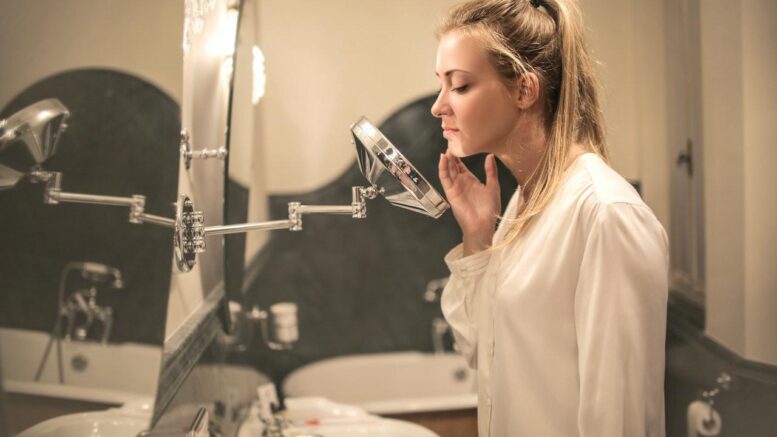Milia is one of the many common skin problems that can affect people of all ages. These small white or yellowish bumps usually appear on the face, around the eyes, nose, and cheeks. Although milia is harmless, it can be an unsightly nuisance. In this article, we will explore what causes milia, how to identify them, and safe ways to remove them.
What is Milia?
Milia is a skin condition characterized by small, raised bumps on the skin’s surface. The bumps are typically 1-2mm in size, white or yellowish in color, and can appear anywhere on the body. They are formed when dead skin cells and keratin become trapped under the skin’s surface.
Causes of Milia
Milia can develop for several reasons, including:
- Overproduction of sebum
- Use of heavy creams or moisturizers
- Skin damage or trauma
- Sun damage
- Genetic predisposition
Identifying Milia
Milia is easy to identify by its small, raised bumps on the skin. They are usually painless and do not cause any discomfort or itchiness. Milia is often mistaken for acne or whiteheads, but they are not the same. Unlike acne or whiteheads, milia is not caused by clogged pores.
If you are unsure whether a bump on your skin is milia or another skin condition, it is recommended to consult a dermatologist for proper diagnosis and treatment. This can help prevent any potential complications that may arise from misdiagnosis or incorrect treatment.
Safe Ways to Remove Milia
If you are looking for milia removal in Sydney, Australia, a dermatologist can help you with the safe removal of milia. Milia removal by a professional dermatologist not only ensures safe removal of milia but also reduces the risk of scarring or infection. In addition to seeking professional help, you can also try some safe and effective home remedies to get rid of milia.
1. Exfoliate Regularly
Exfoliating your skin regularly can help remove dead skin cells and unclog pores, preventing milia from forming. Use a gentle exfoliator with salicylic acid or alpha-hydroxy acid to avoid irritation. It is important to note that over-exfoliating can be harmful to your skin and may even lead to the development of milia. Therefore, it is recommended to exfoliate your skin no more than twice a week to avoid irritation and maintain healthy skin.
2. Use Retinoids
Retinoids are a type of vitamin A that can help exfoliate the skin and promote cell turnover. They can be used to treat milia and other skin conditions, but they should be used under the guidance of a dermatologist.

Retinoids are a powerful ingredient that can significantly improve the overall appearance of your skin, but it is important to note that they may cause dryness, irritation, or redness in some people. Therefore, it is crucial to use retinoids under the guidance of a dermatologist to ensure safe and effective treatment.
3. Apply Topical Treatments
There are several over-the-counter topical treatments that can help remove milia, such as glycolic acid, benzoyl peroxide, and tea tree oil. However, it’s important to use these treatments cautiously and follow the instructions carefully.
It’s worth noting that overuse of these topical treatments can lead to skin irritation and further skin damage. Therefore, it’s crucial to use them in moderation and under the guidance of a dermatologist to ensure safe and effective treatment of milia.
4. See a Dermatologist
If home remedies don’t work or you have a large number of milia, it’s best to see a dermatologist. They can remove the milia using a sterile needle or scalpel, or recommend other treatments such as cryotherapy or laser therapy.
While milia removal is generally safe, it’s important to note that attempting to remove milia at home can increase the risk of infection, scarring, or further skin damage. Therefore, seeking professional help from a dermatologist is recommended to ensure safe and effective removal of milia.
Prevention Tips
To prevent the formation of milia, it is important to maintain a proper skincare routine. Here are some tips to keep milia at bay:
- Avoid heavy creams or moisturizers that can clog pores
- Use sunscreen to protect your skin from sun damage
- Avoid picking or squeezing milia, as this can cause scarring or infection
- Keep your skin clean and well-hydrated
In Conclusion
Milia is a prevalent skin condition that affects people of all ages. Fortunately, it is easily treatable and can be prevented by taking proper care of your skin. By following these preventative measures and seeking professional help when needed, you can maintain clear and healthy skin.
